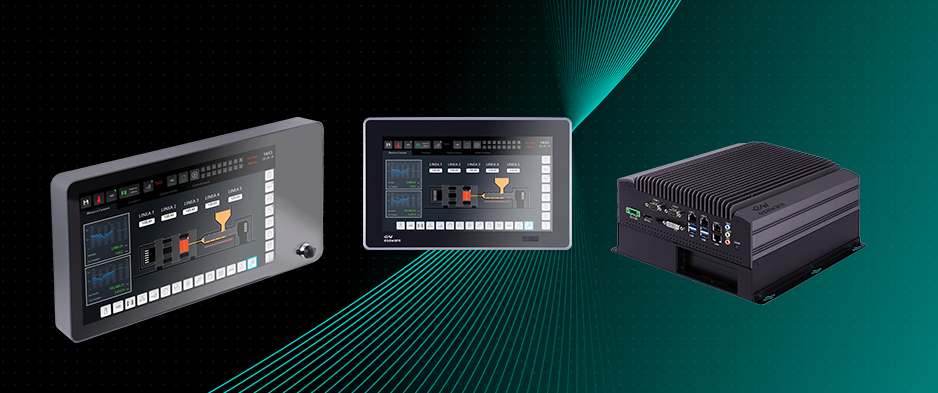Using IoT technologies to create a more sustainable future by making a more efficient use of resources. This is the goal of the circular economy in Industry 4.0. Moving past the linear “production-use-waste” model is necessary to reduce the IIoT’s ecological and economic footprint with devices whose life cycle does not end after just a few years.
Here is how the IoT can become the solution.
Circular economy and Industry 4.0
The traditional approach has turned out to be ineffective due to the limited availability of resources and the pressure to find sustainable production solutions is growing. The circular economy (or closed-circuit economy) is a model in which the waste from one industry is reused as raw material in another industry so as to limit the need and demand for resources.
The goal in Industry 4.0 is an effective and fair future, in which today’s products become tomorrow’s resources, rather than waste. In the digital transformation of business models, we must take into account the environmental impact of production and the contribution that this transition can make to ecological, economic and social sustainability.
To this end, the circular economy model is based on three fundamental principles:
- Preservation of natural capital with technologies and processes that use renewable resources where possible and are more efficient. For example, the digital rethinking of services with their dematerialization or virtual delivery. This would promote the regeneration of natural resources.
- Circular transformation of the use cycle of materials and products while maintaining maximum utility and productivity. Products must be designed for recycling, restructuring and regeneration to promote the circular economy in Industry 4.0. Plus, whenever possible, it is important to aim for maintenance over recycling to optimize resources even more.
- Strategize negative externalities, which are the ecological footprint of products (waste, pollution, etc.).
Circular economy IIoT solutions for Industry 4.0
Adopting a circular economy model through IoT allows us to make products and services more effective and efficient, ensuring that resources are exploited to the top of their potential and value, and reducing costs and waste.
This is possible through the collection and analysis of data. IIoT and smart technologies play a key role in providing data that can enable more efficient decision-making processes in the industrial sector. Sensors, Big Data analysis systems and other interconnected devices ensure optimal use of the information necessary to improve production processes and products in order to implement a circular approach.
Digital technologies make it possible to identify the areas of greatest waste of resources along the supply chain. In this way, companies can adopt a more informed and effective decision-making process to address these issues and optimize the process. In addition, having a clear overview of the status and availability of each resource is important to improve productivity, also through predictive maintenance.

